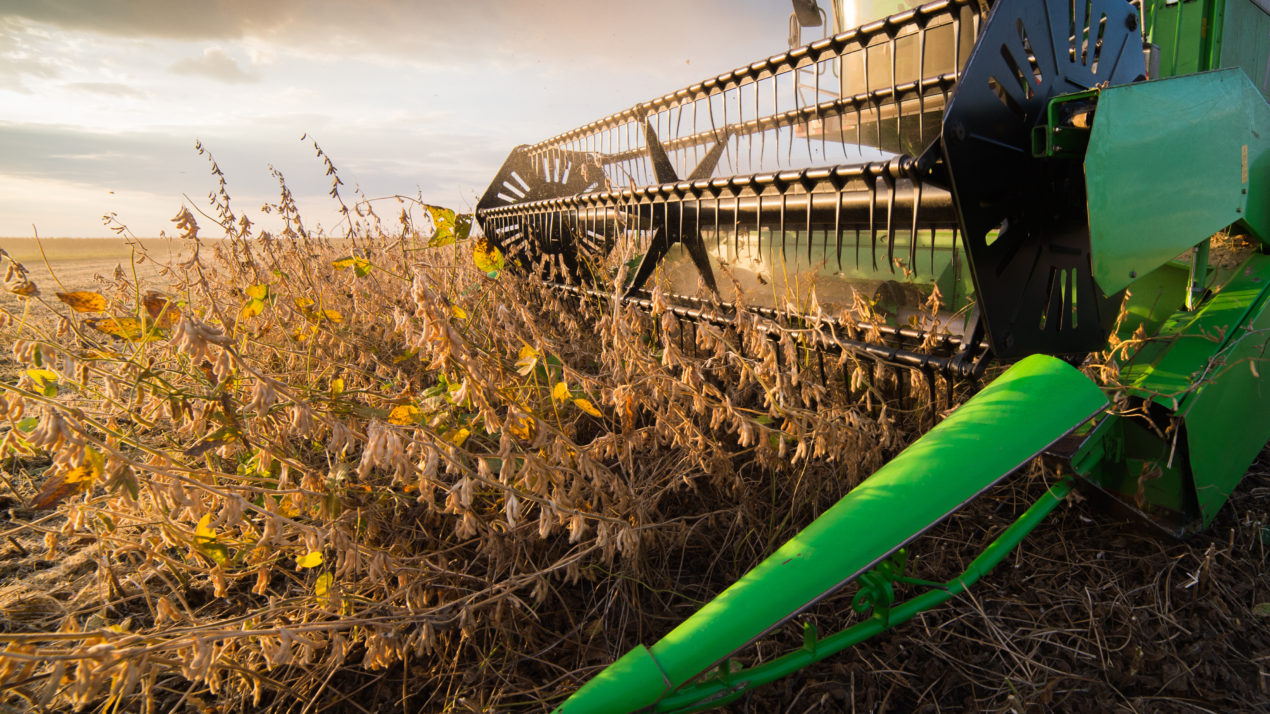Wisconsin had 6.4 days suitable for fieldwork for the week ending October 11, 2020, according to the USDA’s National Agricultural Statistics Service. Above normal temperatures and plenty of sunshine made this another excellent week for fieldwork. Daytime highs ranged from the 60s to low 80s. Areas of northern Wisconsin received small amounts of precipitation at the beginning and end of the week, but conditions were mostly dry and clear.
Farmers across the state were harvesting soybeans at a rapid pace. Corn was being harvested for grain in some areas, though many producers were waiting for grain moistures to fall. Corn silage chopping was nearly complete. Winter wheat, rye and other cover crops were being planted as soon as fields were cleared. Manure spreading continued. Alfalfa was recovering well after the fourth cutting of hay and a few producers were taking a fifth cutting. Several reporters commented that rain was needed to help germinate fall plantings.
Topsoil moisture condition rated 3% very short, 14% short, 81% adequate and 2% surplus. Subsoil moisture condition rated 3% very short, 13% short, 81% adequate and 3% surplus.
Corn mature was 92%, over four weeks ahead of last year and 17 days ahead of the 5-year average. Harvest of corn for grain was 15% complete, 18 days ahead of last year and 3 days ahead of the average. The moisture content of corn harvested for grain was reported at 23 percent. Corn condition rated 79% good to excellent statewide, down 1 percentage point from last week. Corn for silage harvested was 96% complete, more than 4 weeks ahead of last year, and 3 weeks ahead of the average.
Soybeans dropping leaves was 95%, 22 days ahead of last year and a week ahead of the average. Soybean harvest was 46% complete, 16 days ahead of last year and a week ahead of the average. Soybean condition rated 81% good to excellent statewide, down 2 percentage points from last week.
Potato harvest was reported as 90% complete, 13 days ahead of last year and 6 days ahead of the average.
Winter wheat planted was 78% complete, 27 days ahead of last year and 11 days ahead of the average. Fifty-five percent of winter wheat was emerged, a month ahead of last year and 11 days ahead of the average.
Fourth cutting of alfalfa was reported as 93% complete, more than 4 weeks ahead of last year and 8 days ahead of the average.
Fall tillage was reported as 21% complete, 17 days ahead of last year and 4 days ahead of the average


